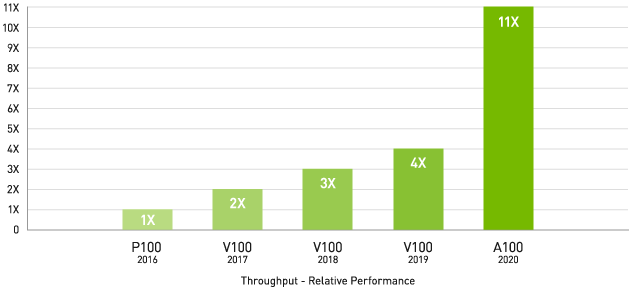

In this section, we discuss the accuracy and performance of mixed precision training with AMP on the latest NVIDIA GPU A100 and also previous generation V100 GPU. step ( optimizer ) # Updates the scale for next iteration backward () # Unscales gradients and calls autocast (): loss = model ( data ) # Scales the loss, and calls backward() zero_grad () # Casts operations to mixed precision GradScaler () for data, label in data_iter : optimizer. Import torch # Creates once at the beginning of training However, we highly encourage apex.amp customers to transition to using from PyTorch Core. We have moved apex.amp to maintenance mode and will support customers using apex.amp. With AMP being added to PyTorch core, we have started the process of deprecating apex.amp. Multiple convergence runs in the same script should each use a fresh GradScaler instance, but GradScalers are lightweight and self-contained so that’s not a problem.

In order to streamline the user experience of training in mixed precision for researchers and practitioners, NVIDIA developed Apex in 2018, which is a lightweight PyTorch extension with Automatic Mixed Precision (AMP) feature.
#Fp64 vs fp32 vs fp16 full#
However this is not essential to achieve full accuracy for many deep learning models. Most deep learning frameworks, including PyTorch, train with 32-bit floating point (FP32) arithmetic by default. Mengdi Huang, Chetan Tekur, Michael Carilli


 0 kommentar(er)
0 kommentar(er)
